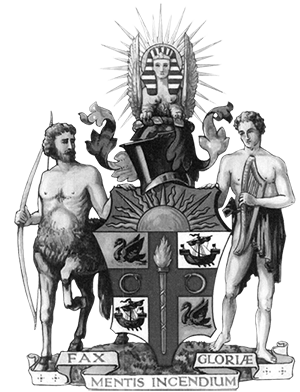Info » Vasectomy
Info » Vasectomy
The no scalpel vasectomy is a minimally invasive, low discomfort and very effective form of permanent contraception. Although not 100% reliable vasectomy is one of the most reliable forms of contraception with failure rates less then tubal ligation or the pill.
Vasectomy involves removing a segment of the tubes which carry sperm from the testicles to the prostate gland. Following vasectomy there is no perceptible change in the appearance or volume of semen. This is because the majority of the ejaculate is composed of fluid produced by the prostate gland and seminal vesicles. Vasectomy can be reversed, however reversal is a technically difficult & expensive procedure without a guarantee of success. For these reasons vasectomy should be considered permanent.
We perform vasectomy in the office surgery under local anaesthetic only.
During the procedure part of the tube carrying sperm is excised and cauterised. This results in a very low failure rate. No suture is usually necessary to close the skin as the skin is only punctured and stretched to access the tubes. The procedure takes aproximately 30 minutes.
A fifteen minute consultation with one of our Urologists will cover important details of the surgery. A brief examination will be performed and you will have the opportunity to ask questions. An appointment for the procedure will be made.
The day prior to vasectomy you need to shave the hair from the front of your scrotum. The day of surgery you should have a shower and thoroughly wash and rinse the area with normal soap.
You should be able to drive home following vasectomy. We advise taking the remainder of the day off work. Most men can return to a desk type job the following day, however heavier work involving lifting should be avoided for five days. As the local anaesthetic wears off an ache usually develops, regular paracetamol (2 tablets four times per day) is recommended for four days. Sex can be resumed once you feel comfortable. Contraception needs to be continued until the semen tests show a clear sperm count. The first count should be at three months post vasectomy. Semen is collected by masturbation into the specimen container provided then delivered to the laboratory. We will contact you with the results of the test. If the sperm count is not clear then the test needs to be repeated four weeks later. If you have any concerns following surgery then you should contact Otago Urology.
Resolution of the initial mild discomfort associated with surgery usually takes one to two weeks. In a minority of men, pain can however persist or re-appear months or years following vasectomy. The usual cause of this pain is congestion of the part of the testicle called epididymis due to ongoing sperm production with an occluded vas. Sperm granulomata can form – these are peas sized tender nodules adjacent to the epididymis. They remain tender for several weeks before naturally resolving.
If an infection develops, you will notice increasing pain, swelling and redness of the scrotum. Contact us if you suspect infection. A haematoma is a collection of blood beneath the skin. Haematoma occurs due to bleeding from small vessels around the vas or in the skin. If you notice increasing swelling then a haematoma may be present. You should contact our office. A small haematoma can be managed simply by scrotal support and rest. In the unlikely event of a larger haematoma occuring then repeat surgery to drain the haematoma may be required.
Failure means that viable sperm remain in your ejaculate and this may lead to pregnancy. Viable sperm will remain in your ejaculate for several weeks following vasectomy. For this reason you must continue with contraception until a semen test at three months shows no viable sperm. Following vasectomy there is a small chance that the vas may heal (termed re-canalisation) thus allowing sperm to pass through and cause a pregnancy. The risk period for re-canalisation is within the first three months. This is one reason why we recommend delaying the first semen test for three months. Re-canalisation after three months is extremely rare (a one in several thousand chance).
Sperm may be collected and stored for potential future use prior to vasectomy. This service is available through Fertility Associates.
Mr Serge Luke
MBChB MD FRACS
Consultant Urologist

ROYAL AUSTRALASIAN
COLLEGE OF SURGEONS

Mr Alastair J. Hepburn
MBChB FRACS
Consultant Urologist